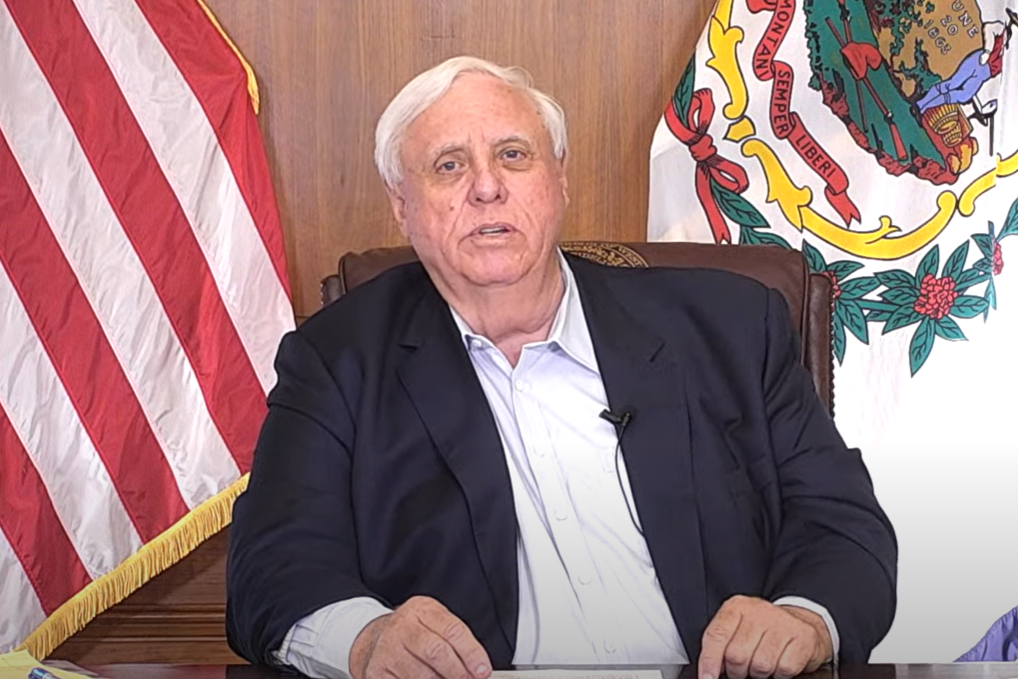Updated on Wednesday, April 10 at 3:35 p.m.
Gov. Jim Justice is developing a disaster declaration request for the Federal Emergency Management Agency (FEMA) over severe weather events that occurred across West Virginia last week.
If approved, the request would grant federal relief funding to West Virginia residents affected by last week’s incidents, which included flooding, tornadoes, and destructive winds. The storms claimed the life of one Wood County resident and wrought structural and property damage statewide.
To qualify as a FEMA disaster, weather emergencies must reach a threshold of local damage that warrants federal intervention.
To strengthen the state’s case for a disaster declaration, Justice said during a virtual press briefing Wednesday that he would combine each of last week’s incidents into a single request.
“The problem with FEMA is they want a great number of people that are affected, or a great amount of property damage,” he said.
Justice has already declared ongoing states of emergency for 12 different counties in response to the incidents. These declarations facilitate state-level emergency response efforts, but do not secure the funding a FEMA disaster declaration provides on the federal level.
During the call, Justice also voiced disapproval of state lawmaker’s inaction on aspects of his budget proposal for the 2024 regular legislative session, which he said would have aided the state’s response to the emergencies so far.
Photo Credit: Wheeling Fire Department
Justice specifically pointed to a $50 million emergency fund that he requested to have on retainer for unexpected crises.
“The $50 million in regard to emergency funds, because of catastrophic events within our state, is something that is so important,” he said. “It’s unbelievable.”
But, in a statement following Wednesday’s briefing, Speaker of the West Virginia House of Delegates Roger Hanshaw, R-Clay, pushed back against Justice’s characterization of budget proceedings.
Hanshaw said that any funding set aside in this year’s budget would not yet have been accessible in response to last week’s storms.
Additionally, Hanshaw said that the state’s $85 million Civil Contingent Fund can be applied toward immediate disaster relief with the governor’s approval.
“If the governor wishes to respond to this tragedy in any way, he has the full capacity to do so, unfettered by the Legislature,” he said.
Justice has already declared that he will call lawmakers back to the Capitol before May 14 for a special session of the West Virginia Legislature, with expansions to the state’s budget at the top of his mind.
In pushing for these expansions, Justice said he will renew calls for the state to set aside an emergency relief fund.
“I will surely put that back on the call,” he said.
**Editor’s note: This story was updated to include a comment from Speaker of the West Virginia House of Delegates Roger Hanshaw, R-Clay.
